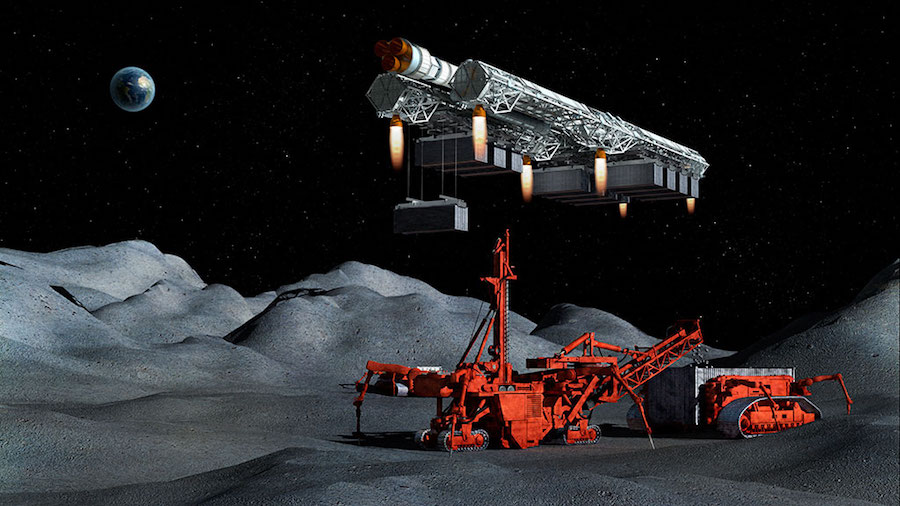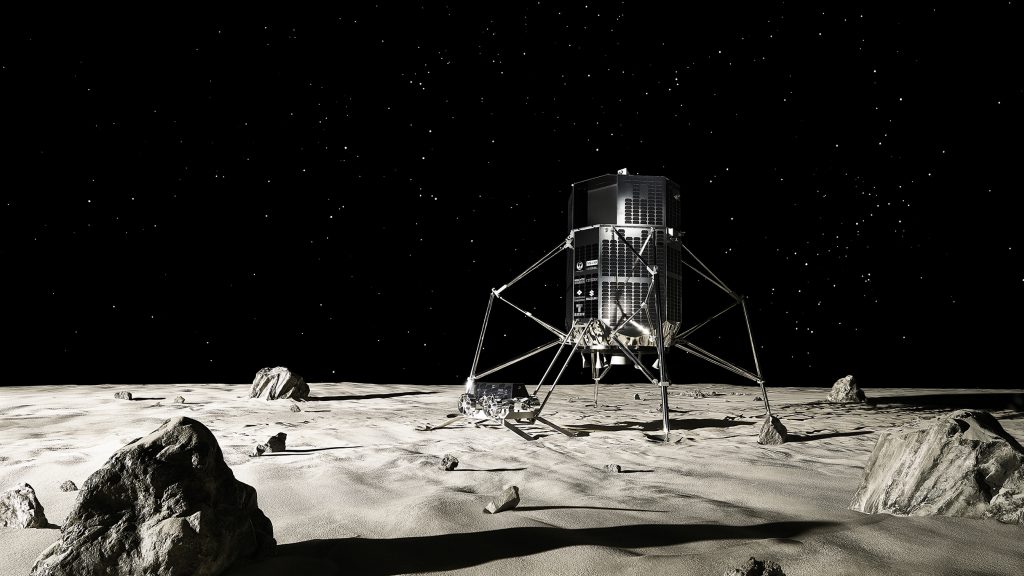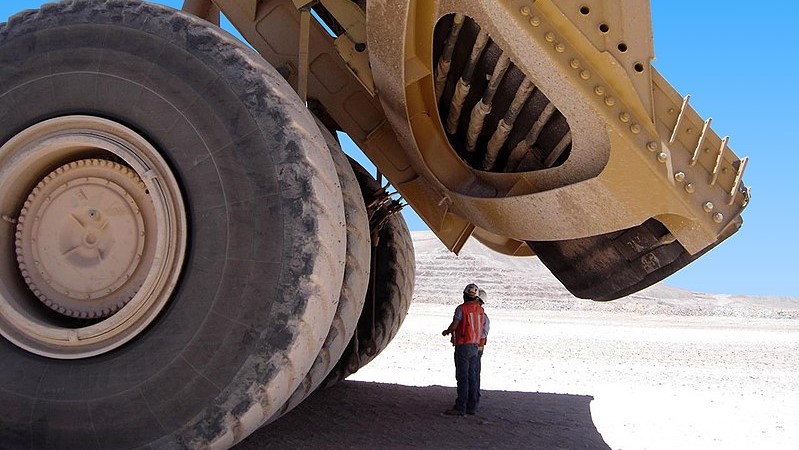The global race to mine outer space

Both interest in and financial commitments to space activities, in particular around the moon, by governments, space agencies and the private sector have surged in recent years.
The asteroid mining market is already valued at up to trillions of dollars, but a single drill from earth has yet to make it to space.
While space mining is a concept still out of this world to some, it is real for the mining industry. After long being considered mostly science-fiction, governments are now implementing programs and legislation that allow them to join the race for mining in space.
Dr. Carlos Espejel is a mining industry veteran and current Space Resources Utilization Engineer at ispace, a private commercial lunar exploration company with offices in Luxembourg, the first European country to offer a legal framework ensuring private capitals their rights over resources they mine in space, and Tokyo. ispace builds the transportation technology needed to make it to the moon.

ispace was the managing company of team Hakuto, one of five finalists in the Google lunar Xprize competition, which called for privately funded teams to be the first to land a robotic spacecraft on the moon, travel 500 meters, and transmit hi-definition video and images back to earth.
“We can actually land instruments and payloads on the lunar surface. We have the capabilities to travel and land on the moon, Espejel told MINING.COM.
“We can transport and land instruments on the lunar surface. Our exploration technologies – rovers and landers – will carry instruments for the exploration of resources, like Lunar H2O and oxygen.”
Espejel said the moon is the first area the company has focused on in space. The second area is resource and reserves evaluation, as well as the acquisition of exploration data.
“From previous missions led by space agencies as NASA, JAXA, ESA, and ISRO, we have data and knowledge of certain elemental distributions on the lunar surface, and we know there are a lot of potential resources,” he said.
Mining the moon’s resources
ispace has two moon missions planned – the first for 2021, M2, putting a rover on mixed latitudes, in which the company’s lunar lander will perform a soft landing on the Moon, and in 2023 – a mission planned to the south pole, where a rover will be deployed for surface exploration.
For these missions – ispace has already booked and paid for the flights with Elon Musk-founded Space X.
“We know there is plenty of aluminum, calcium, silicon, iron, magnesium, thorium, uuranium, and abundance of potassium, rare earth elements and phosphorous. One of the latest and most exciting human discoveries we have so far, however, is the H2O (water) or hydroxides at the lunar poles – a lot of it, in the form of permafrost and/or ice,” Espejel said.
“Right now, because of this knowledge, there is an outer space race between US, Russia, China and India – they are all going for these H2O deposits”
Dr. Carlos Espejel, Space Resources Utilization Engineer, ispace
“We now know the locations of these water deposits on the poles of the moon. It has been estimated that there is anything from 3 to 10s of billion metrics tonnes of H2O.
“Right now, because of this knowledge, there is an outer space race between US, Russia, China and India – they are all going for these H2O deposits and strategic areas on the moon for permanent outposts.
Because it is like fuel… when splitting H2O into H and O hydrogen and oxygen can be used for energy purposes, as rocket fuel and fuel cells. This year, there are three missions to the moon. China will be landing on the moon this year in a purely robotic remote control mission to bring samples back to earth.”
Espejel said India will also be going to the south pole of the moon this year, for the second time in history.
“The mission is to confirm existence of water on the south pole among many other scientific goals, and NASA, later next year will be taking its Orion spacecraft to lunar orbit for six days.”
Human missions getting closer
There is a current ambition from space agencies to build permanent bases on the lunar surface in the near future, mainly close to the south pole.
There is a current ambition from space agencies to build permanent bases on the lunar surface in the near future, mainly close to the south pole
Espejel said the possibility of human missions is getting closer, and NASA’s Artemis program is envisioning sending humans back to the Moon as early as 2024.
Two robotic missions are happening this year. ispace works with space agencies as the Luxembourg Space Agency, the European Space Agency (ESA), the Japanese Space Agency (JAXA), and is currently competing for NASA payloads in the CLPS program as part of Team Draper.
The mining industry has standard codes for the reporting and estimation of mineral resources and reserves such as JORC, NI-43-101 and CRISCO.
“We are currently working with partners to establish the first standard code for space resources, (LORS), said Espejel, who co-authored the paper.
“The Hague is putting together building blocks for the use of space resources, based on United Nations (UN) definition of ownership [and] licenses. It will work like international waters. No ownership, but in safe zones with no interference.”
Espejel said building blocks will be used to amend the Moon Treaty, which is on the table at the UN.
“As soon as the UN sees the race to the moon’s south pole – it is going to speed up on the situation,” Espejel said.
More News
Codelco retains title as world’s top copper producer
Chile’s state-owned miner produced 1.44 million tonnes of copper last year.
March 31, 2025 | 08:19 am
Gold price blasts through $3,100 for new record high
The rally take bullion's gains for the year to 18%, as investors continue to hedge against economic instability, geopolitical tensions and inflation in Trump's second stint in office.
March 31, 2025 | 08:01 am
{{ commodity.name }}
{{ post.title }}
{{ post.excerpt }}
{{ post.date }}



Comments
Abhay Chauhan
Will the minerals coming from outer space be cheap or expensive?